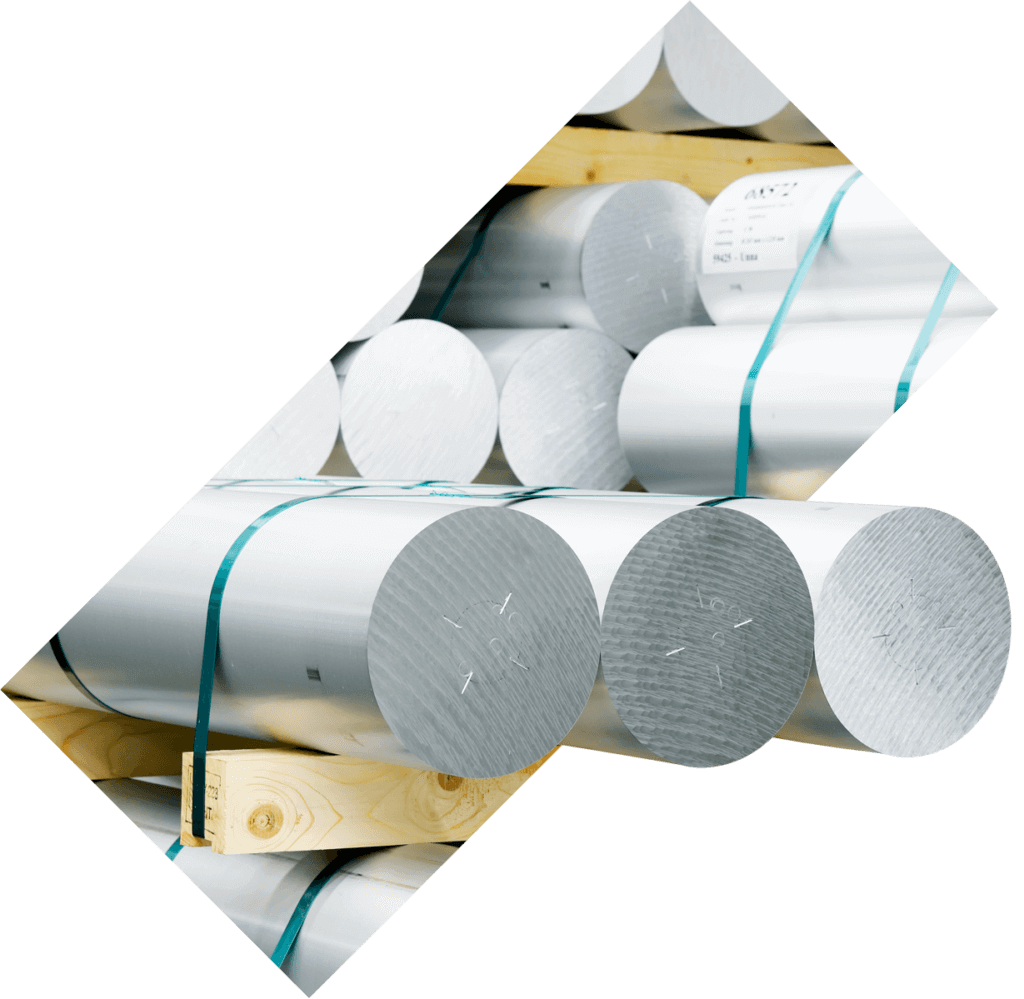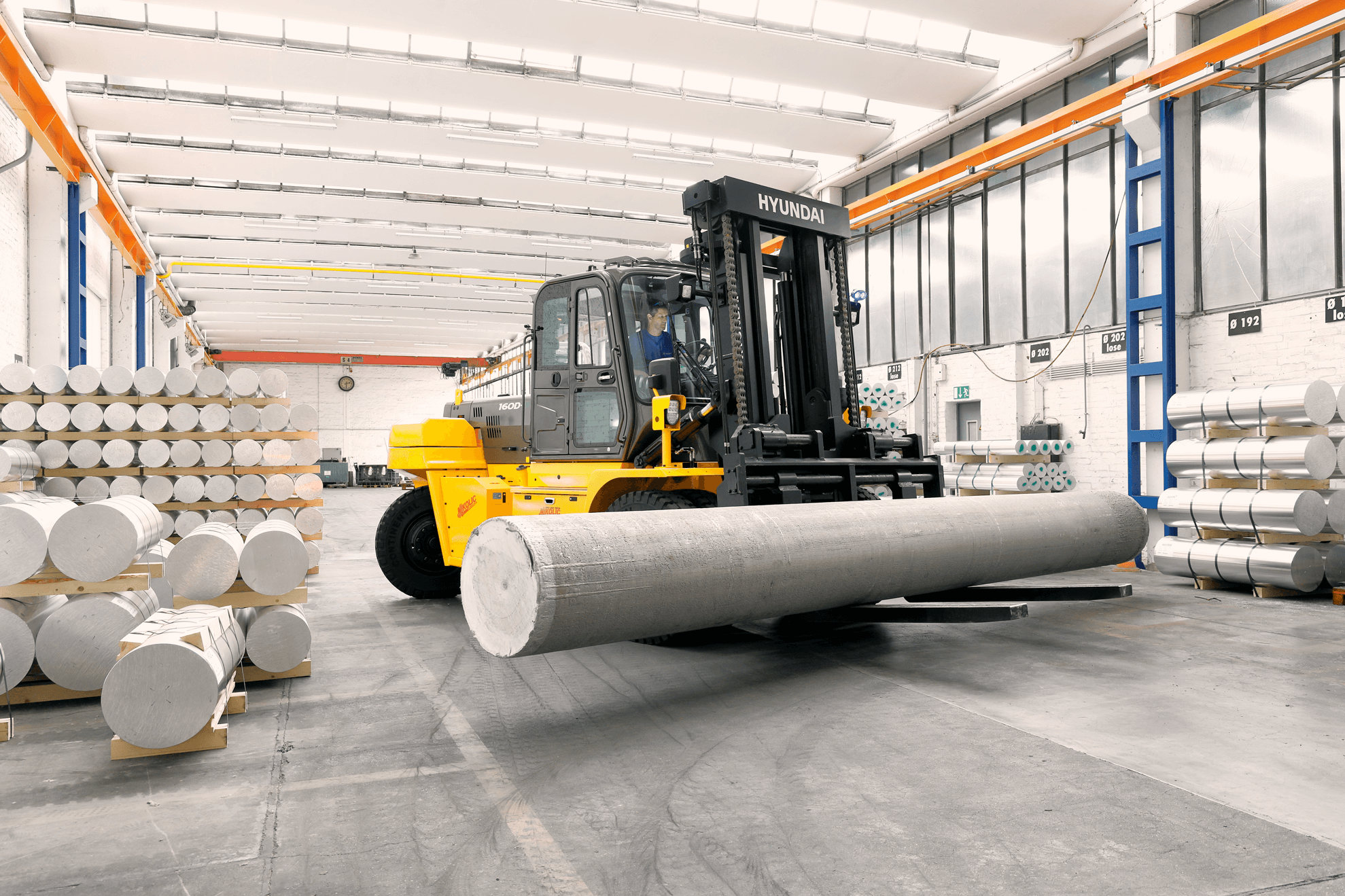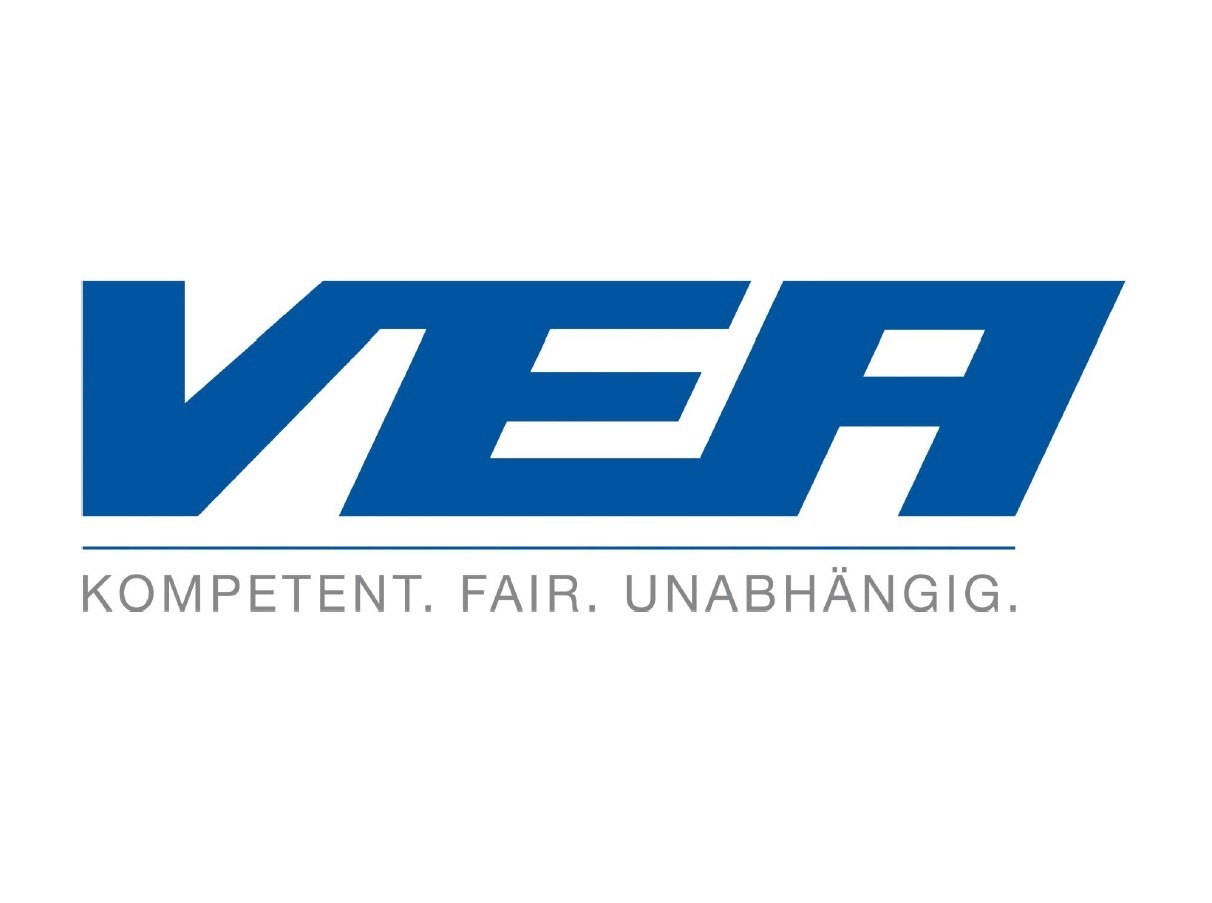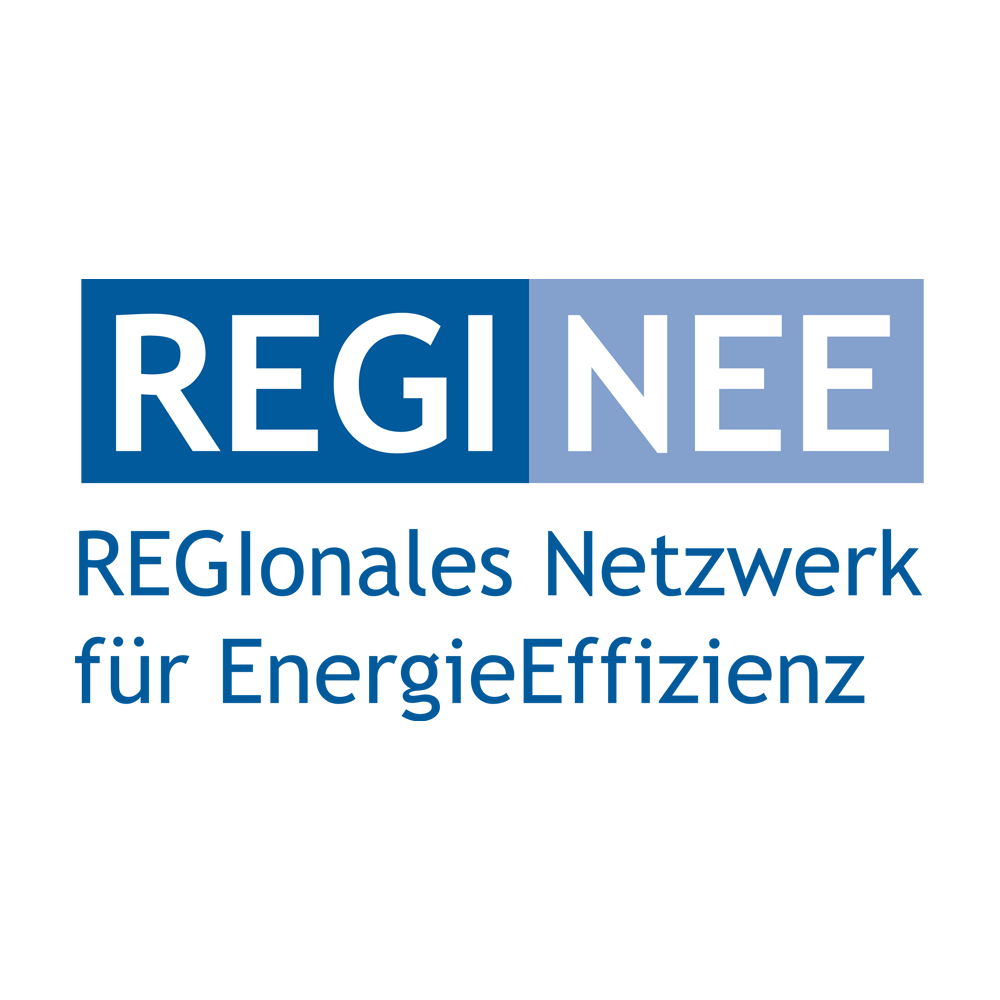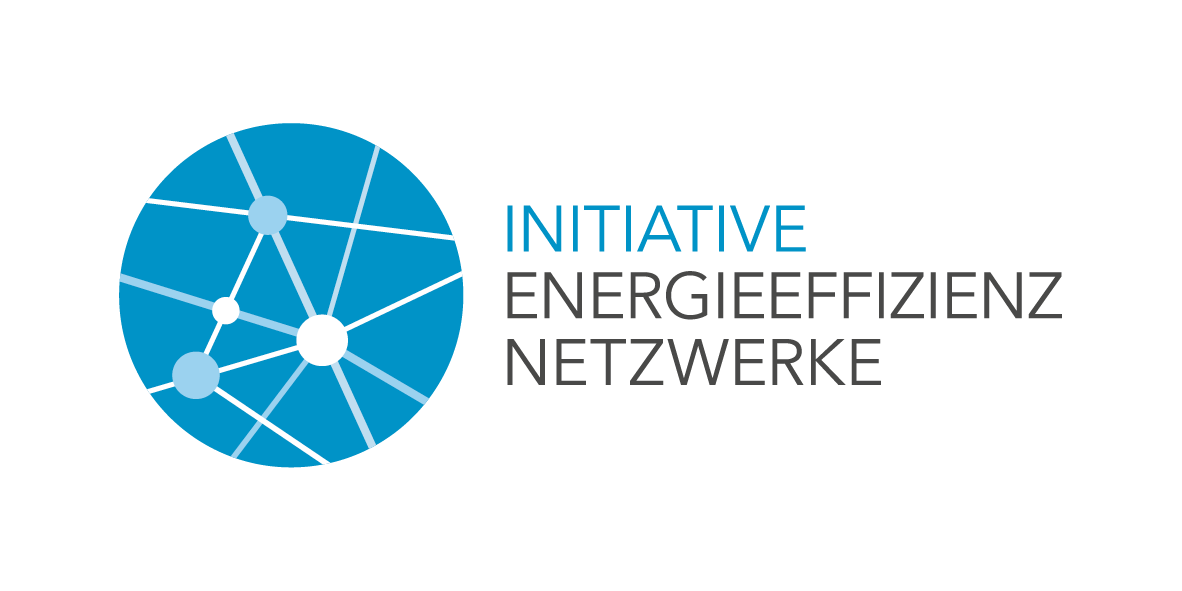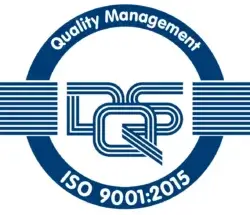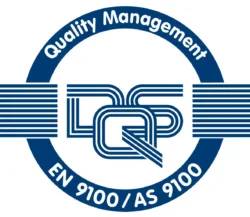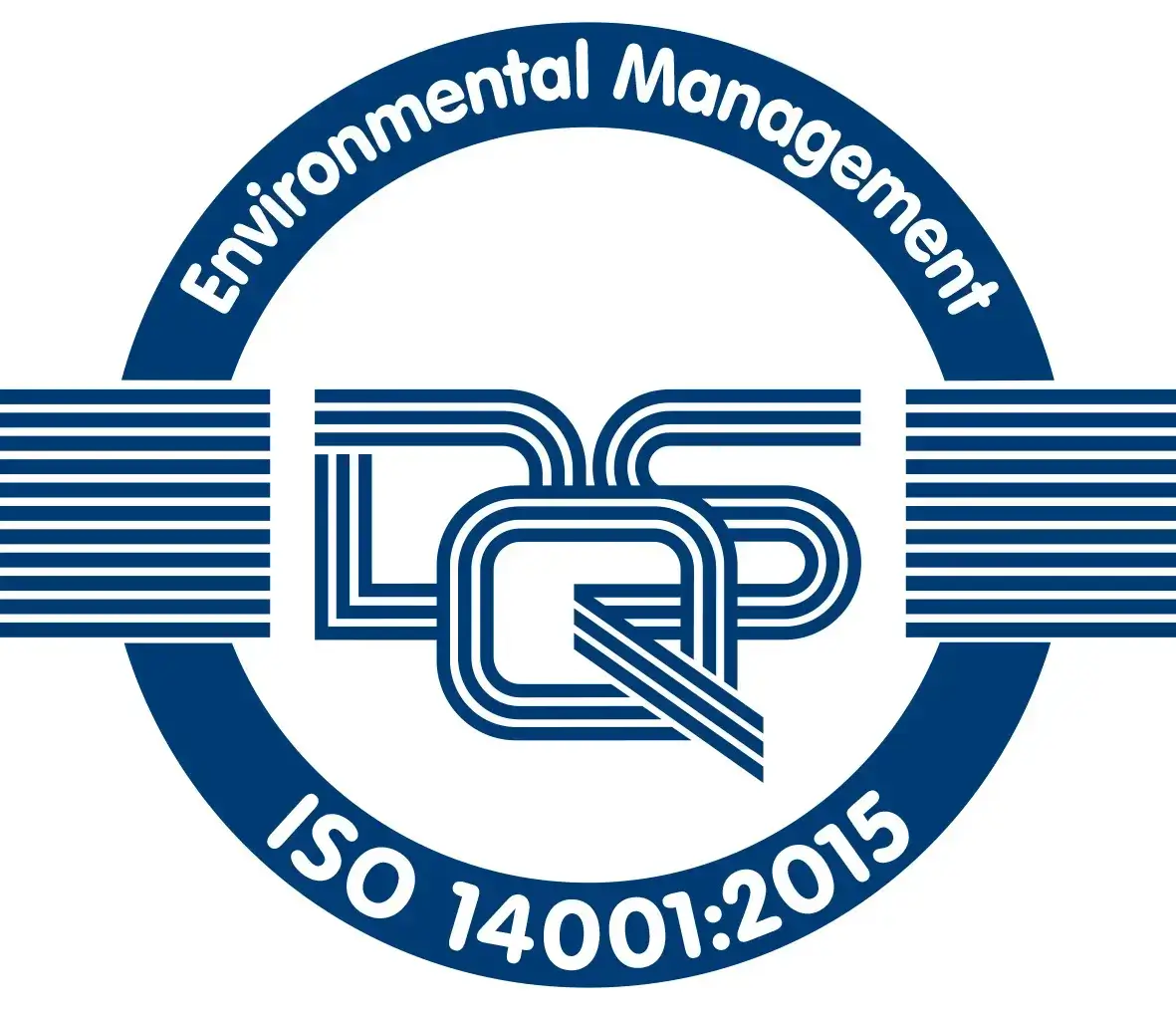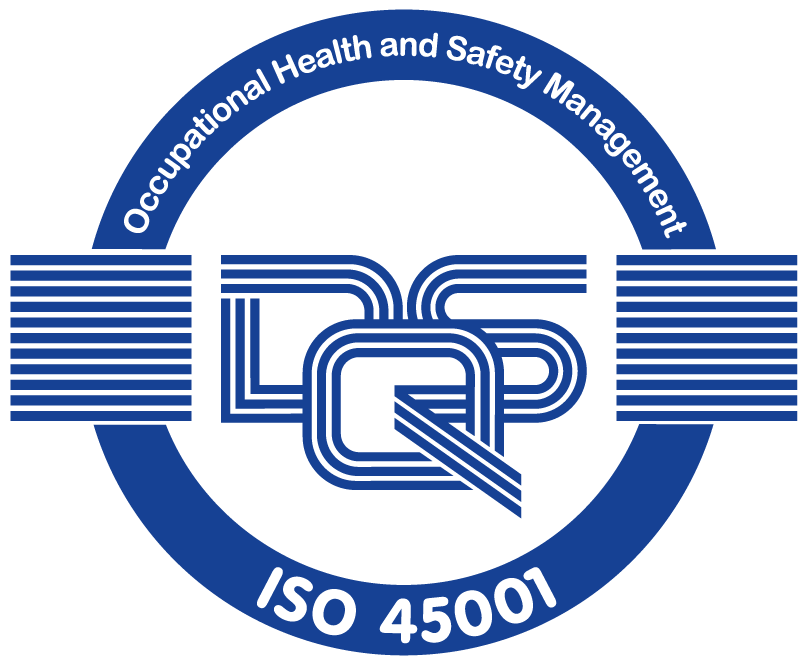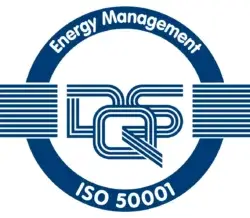WE SAVE UP TO
95% ENERGY
Aluminum manufacturing – primary aluminum vs.
secondary aluminum
Primary aluminum is only used at LEICHTMETALL very selectively and in small quantities. We mainly use secondary aluminum and alloy it with various elements such as zinc, magnesium, copper, manganese or tin. Elements such as beryllium or vanadium are also used for special applications. The production of primary aluminum is very energy-intensive. Therefore, we have extensively specialized in the processing of secondary aluminum for over 30 years.
Aluminum can be recycled almost as often as required. Due to our high level of expertise and our many years of experience, we experience very little material loss when melting down secondary aluminum.
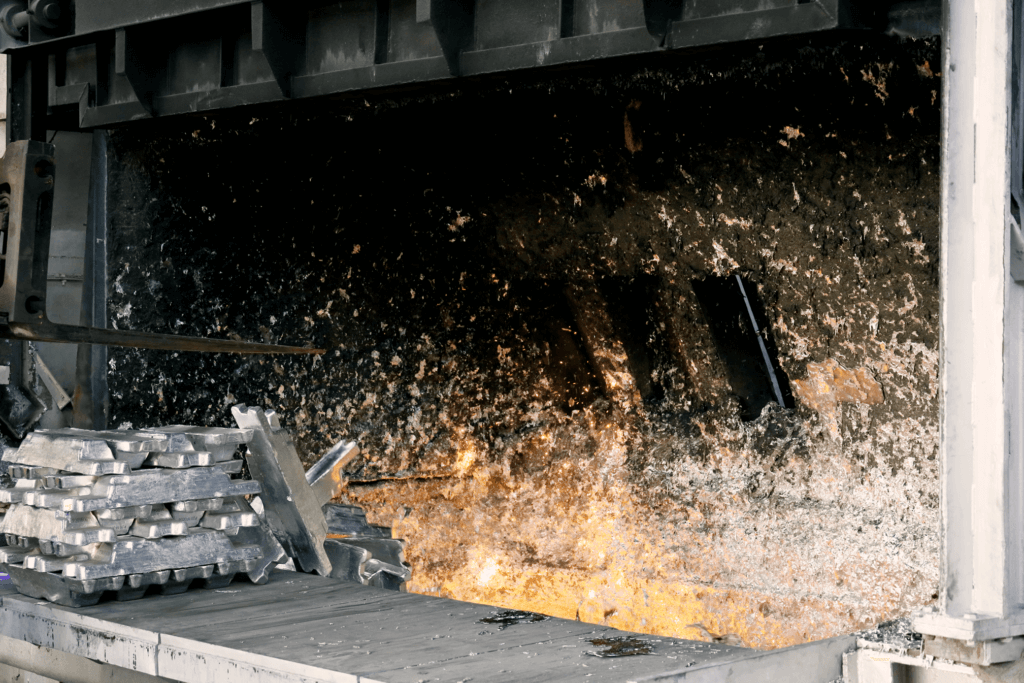
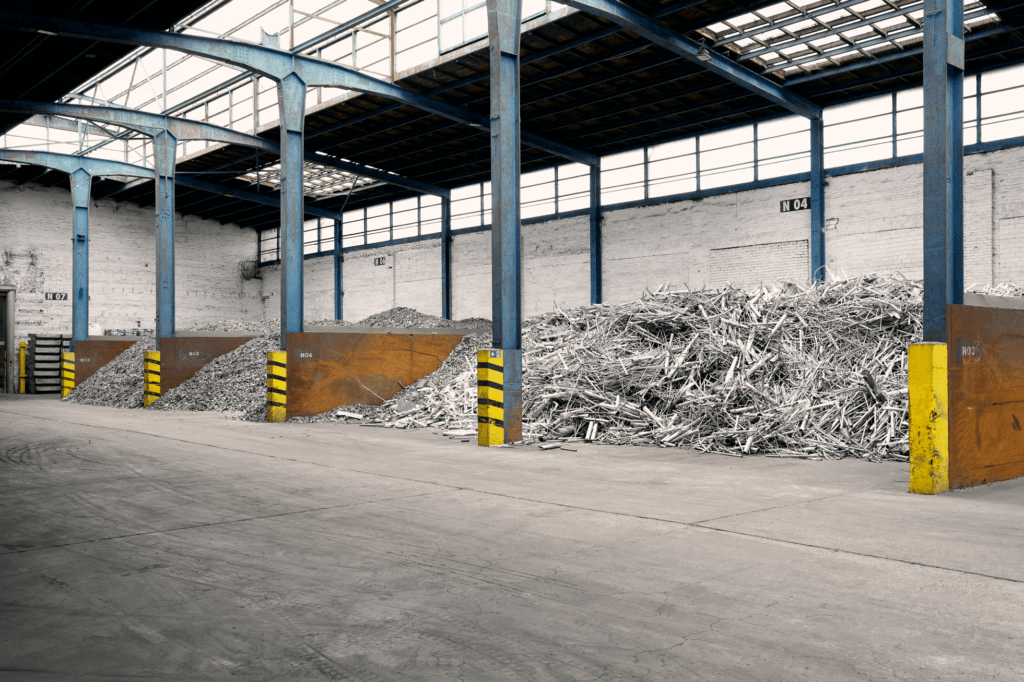
Save up to 95% energy with aluminum recycling
When handled properly, recycled aluminum does not lose its quality. Even when using a high proportion of secondary aluminum, we are able to produce the most demanding alloys to the highest quality standards.
We are a qualitative market leader in various market segments, including aerospace technology, and meet requirements far above the general standard.
Bayer process: From bauxite to aluminum oxide
1 Bauxite is finely ground in a mill.
2. Subsequently, corrosive lye is added and the mixture is heated under pressure.
3. The insoluble components of the bauxite are separated from the caustic-alumina mixture.
4. The caustic-alumina mixture is now dried.
5. This leaves behind a powder, the aluminum hydroxide.
6. Reheating in special furnaces to 1100 °C breaks down this compound to produce aluminum oxide.
Fused-salt electrolysis
The process for the initial production of aluminum is especially energy-intensive and consumes huge amounts of electricity. The recovered aluminum oxide dissolves in the molten bath at a temperature of 950 degrees in the furnace (electrolytic furnaces). In the process, the aluminum oxide is decomposed into aluminum and oxygen. Strong current causes the aluminum particles to dissolve from the powder, resulting in the deposition of pure aluminum, which can then be extracted. This process requires approx. 16 MWh per ton of aluminum.
Aluminum alloy production at LEICHTMETALL
The process for producing primary aluminum requires a particularly large amount of energy. At LEICHMETALL, a very small proportion of primary aluminum is used very selectively and we mainly work with secondary aluminum. For instance, we use high-quality pre- and post-consumer scrap such as sheet metal or profiles. These are sustainably and elaborately processed to ensure that the resulting alloys meet the highest quality standards.
What is
primary aluminum?
Primary aluminum is aluminum that is initially produced in pure form from aluminum ore. For this purpose, aluminum oxide is extracted from the aluminum ore bauxite using what is known as the Bayer process. The pure aluminum is subsequently produced from the aluminum oxide via the extremely energy-intensive process of fused-salt electrolysis.
From casting to billet processing
What is secondary aluminum?
Aluminum produced by remelting scrap is referred to as secondary aluminum. In this context, it is irrelevant whether it is produced from current production scrap (pre-consumer/pre-industrial) or from already used aluminum products (post-consumer). The term „secondary“ merely indicates that the aluminum was not produced directly from ore (bauxite), but was manufactured as a recycled product. It does not have to be laboriously dismantled, and can be further processed into very high-quality aluminum alloys without any loss of quality thanks to our considerable expertise.
Aluminum density
Pure aluminum has a density of 2.7 g/cm³. High-strength aluminum alloys are only slightly above this (2.8 g/cm³). This corresponds to about one third of the density of steel at 7.8 g/cm³. Steel is being substituted by aluminum alloys in many sectors. The resulting weight reduction can lead to lower fuel consumption in the automotive sector, for example, or enables the installation of additional components.
Aluminum properties
Pure aluminum is a soft metal that can be adapted to its intended use by adding various alloying elements, such as copper or zinc. The resulting aluminum alloys are usually very easy to reshape, e.g. via bending, pressing or forging. The main properties that can be adjusted using alloying elements are:
- Strength
- Corrosion resistance
- Elasticity
- Heat resistance
- Flowability
Some aluminum alloys, such as EN AW-6082 or EN AW-7075, can still be subjected to heat treatment. This again significantly increases the strength of the highly weather-resistant alloy. LEICHTMETALL currently offers the EN AW-6082, finished heat treated (condition T6) with a diameter up to 580 mm.
Continuous casting production at LEICHTMETALL Hannover
Two tiltable 50-ton channel-type inductionfurnaces and a level vertical continuous caster (for the permanent mold casting process) are used to produce round billets with a maximum casting length of 7,000 mm. We can currently offer an alloy-dependent cold-forming size of 158 to 950 mm and in 2023, we will be able to offer diameters up to 1,150 mm.
After casting, the billets are pulled out of the casting basin. The subsequent heat treatment (homogenization) is carried out for all billets in one of our three special direct gas-fired homogenization furnaces. This enables a temperature accuracy level of +/- 3 °C in accordance with AMS 2750 (Aerospace Material Specification).
Quality checks take place several times between all of the aluminum billet production steps. This ensures that we process more than 35,000 tons annually at the highest quality.
Overview of our main alloys
Our certifications
